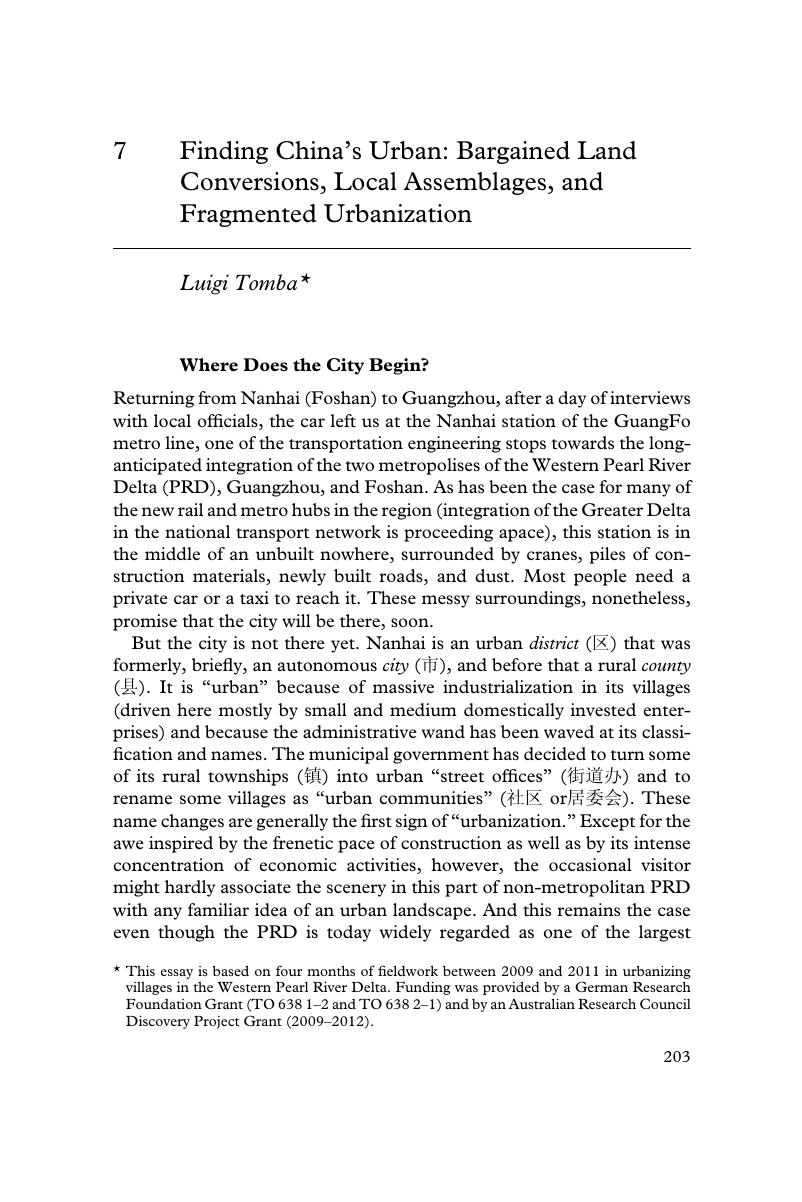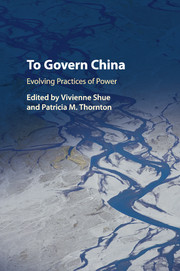Book contents
- To Govern China
- To Govern China
- Copyright page
- Dedication
- Contents
- Contributors
- Introduction: Beyond Implicit Political Dichotomies and Linear Models of Change in China
- I Leadership Practices
- II People’s Government
- III Expedients of the Local State: Bargains and Deals
- Buying Order
- Selling off Entitlements
- 7 Finding China’s Urban: Bargained Land Conversions, Local Assemblages, and Fragmented Urbanization
- IV Governance of the Individual and Techniques of the Self
- Index
- References
7 - Finding China’s Urban: Bargained Land Conversions, Local Assemblages, and Fragmented Urbanization
from Selling off Entitlements
Published online by Cambridge University Press: 25 October 2017
- To Govern China
- To Govern China
- Copyright page
- Dedication
- Contents
- Contributors
- Introduction: Beyond Implicit Political Dichotomies and Linear Models of Change in China
- I Leadership Practices
- II People’s Government
- III Expedients of the Local State: Bargains and Deals
- Buying Order
- Selling off Entitlements
- 7 Finding China’s Urban: Bargained Land Conversions, Local Assemblages, and Fragmented Urbanization
- IV Governance of the Individual and Techniques of the Self
- Index
- References
Summary

- Type
- Chapter
- Information
- To Govern ChinaEvolving Practices of Power, pp. 203 - 228Publisher: Cambridge University PressPrint publication year: 2017
References
- 1
- Cited by



